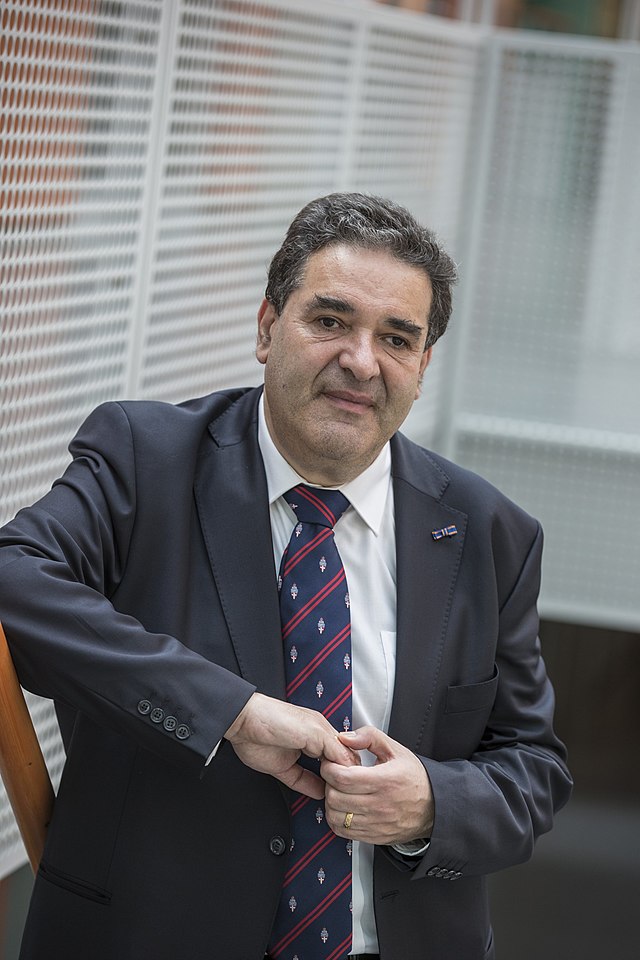Origin of classicality in quantum spin systems
Abstract:
Is quantum physics complete? In other words, does it describe all objects in our Universe? If it is universally applicable why the most of the objects in the world around us behave classically? This is the key issue of hot discussions continuing already for almost a century, including the famous discussions of Bohr and Einstein. A naive solution explaining classicality of macroobjects by their small de Broglie wavelength has obvious shortcomings related to Schroedinger cat paradox or properties of systems with chaotic motion. The most popular view is related to decoherence program suggested long ago by Zeh, Zurek and other physicists and connecting classicality of initially quantum systems with their openness. I will discuss briefly the main idea of this approach and related concepts such as pointer states and quantum Darwinism, as well as connection to the measurement problem. To avoid unnecessary broadness and to keep closer connection with the physical reality (whatever it means) I will illustrate these concepts by examples of quantum magnets. I will especially discuss, first, the relation between quantum singlet state of Heisenberg anferromagnet and classical Neel state and, second, emergence of topological protection fro quantum skyrmion state.
About the speaker:
Professor Mikhail Katsnelson is an expert on theoretical solid state physics and many-body quantum physics. His most important results involve contributions to the theory of exchange interactions in crystals and molecules; the electronic properties of magnetic metals and semi-conductors, half-metal ferromagnets, electronic structures and molecular magnets. His theoretical research lays the foundation for the interpretation of measurements obtained by scanning tunneling microscopy (STM), angle-resolved photoemission (ARPES) and other spectrographic methods. Katsnelson is one of the pioneers in the research on graphene, one-atom thick sheets of carbon. Katsnelson proved that a half-integer quantum Hall effect occurs in this material. Because of its exceptional properties, graphene is a candidate for nanotechnological applications. He and S.V. Vonsovsky are the authors of the monograph Quantum Solid State Physics.
This year, the physics colloquium has a new format:
- Onsite at Campus Limpertsberg, where you will have the opportunity to meet the speaker over the lunch. A catering is offered only to registered participants at 12:00 in the main BSC hall. Please register before 24 May 2024.
- Online – through Webex – to allow you to listen to the talk in case you are travelling or cannot make it on-site at Campus Limpertsberg. Meeting number (access code): 2781 431 1727. Meeting password: kfHsmG9cG34 .
